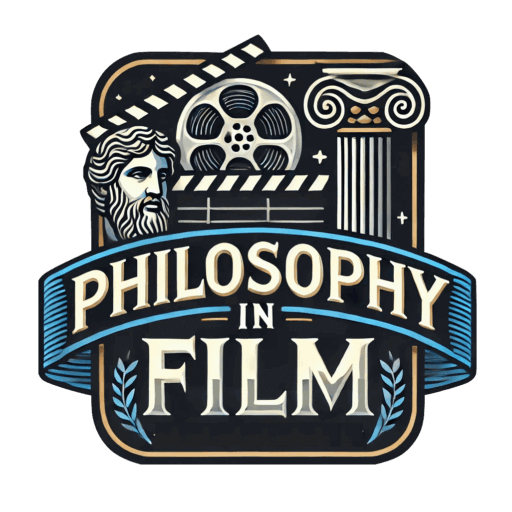10 Lesser-Known Postmodern Films
What is a Postmodern Film?
While postmodernism encompasses a cultural, political, scientific, philosophical, and artistic reaction to modernity, it does not have a clear timeline or singular beginning. Theorists and historians generally agree that it took form in the middle of the 20th century, and was at least partially influenced by the works of Kierkegaard and Nietzsche, as well as prominent figures in the arts and sciences, including Jacques Lacan and Georges Bataille. The key tenants of postmodern theory, insofar as any exist, are centered on a general skepticism of modernism and the construction of truth that has defined western civilization post-Enlightenment.
While the exact perimeters with which postmodernism (as a philosophical school of thought) can be defined are vague at best, it is simpler to identify those features that delineate a postmodern work of art. In the arts, postmodern ideas are most clearly seen as a reflection of style. While these ideas can certainly be overtly stated within a novel, play, or film, it is the structure, narrative or visual style that can be read as postmodern. More specifically, postmodern style is characterized by “eclecticism, reflexivity, self-referentiality, quotation, artifice, randomness, anarchy, fragmentation, playfulness and the mixing of codes which results in parody, pastiche, irony, [and] allegory” (Sarup 1993:132, cited in Knight). Inherent in these different elements is a nostalgia for past forms, particularly those attributed to modernism and the ideas of the Enlightenment. By looking at past modernist constructions with a skeptical gaze, artists work to deconstruct the previously dominant styles of their respective art forms. This is especially true of the cinema, an art form which has been molded in large part by the tenants of Classical Hollywood filmmaking, which the postmodernist seeks to reevaluate by way of breaking down stylistic, narrative, and cultural barriers, particularly those between “high” and “low” art.
As this list attempts to categorize films, it is necessary to focus the rather broad characteristics outlined above into a few key elements with which to define postmodern cinema. It is important to note that these criteria make up the foundation of postmodern style, though they may not encompass all possible features; in addition, it is not necessary for a film to meet all, or even most of them to be considered for this list. With these specific features in mind, a clearer picture emerges of postmodernism in the cinema:
- a nostalgia for past narrative and stylistic forms
- Reflexivity and self-referentiality (whether overtly stated or expressed through coded filmic language)
- Drawing the viewer’s attention to the artificiality of the medium
- Rejecting previous constructions regarding race, gender, culture, or time
- Parody or pastiche of past constructions
It must also be stated that the following films are merely ten examples of postmodernism in film; they are not necessarily the ten best postmodern films. However, these films do match the qualities as they have been laid out above, and also benefit from being films that meet a certain caliber of artistry and ingenuity.
I have tried to include an eclectic set of films and film genres. In particular, I wanted to include films to which the quality “postmodern” can be definitively ascribed, but not necessarily for all the same reasons. Postmodernism is a broadranging topic, with varied and often contradictory “core principles,” so it stands to reason that different films should be considered postmodern for different reasons. There are a variety of lists and essays out there that recycle the same prime examples of postmodern cinema: Pulp Fiction, Scream, Run Lola Run, Blue Velvet, Fight Club, and Zelig, among others. However, with this list, I hope to bring to light a few postmodern films that are often overlooked.
So, to summarize, this is not a list of films that fit a very strict set of limitations on what a postmodern film should be; this is also not a list that recycles the same oft-quoted examples of postmodern cinema. Instead, this is a list of somewhat lesser-known films that, for various different reasons, fit under the umbrella of postmodernism in style, form, content, or all three.
10 Lesser-Known Postmodern Films
10. Marguerite and Julien (Valérie Donzelli, 2016)
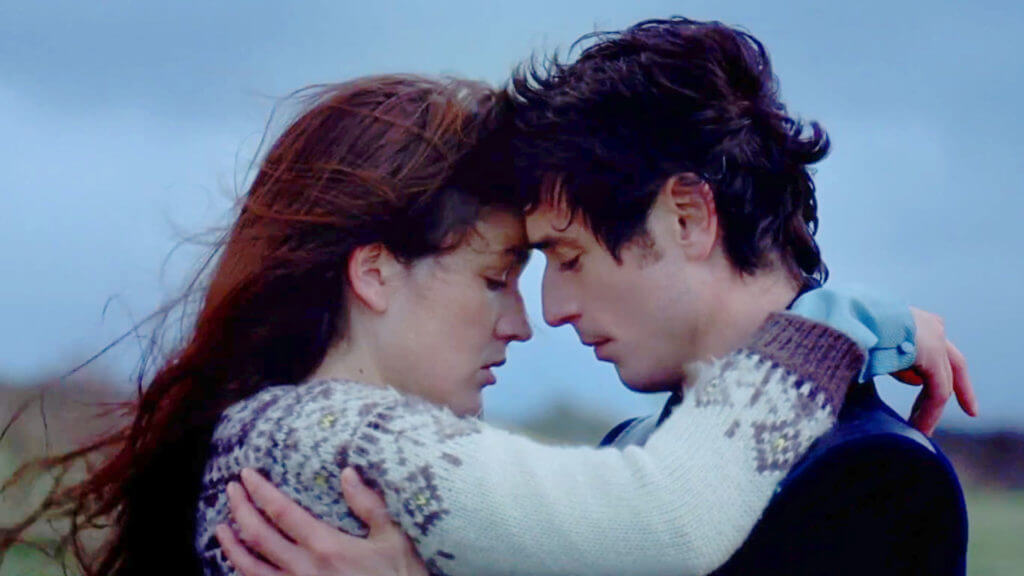
Marguerite and Julien is based on the true story of a brother and sister whose doomed love affair led to their execution in 17th century France. Despite taking place in the distant past, the film plays with time, including scenes with modern cars, clothing from various time periods, and even a helicopter. The story also defies traditional conceptions of acceptable love by encouraging audience identification with the two incestuous lovers. Marguerite and Julien works as a story within a story, as their love affair unfolds from late night gossip to a group of restless young girls. For a more in-depth analysis of Marguerite and Julien, check out my review of the film.
Marguerite & Julien is available to rent or purchase via Amazon here.
9. Metropolis (Giorgio Moroder, 1984)
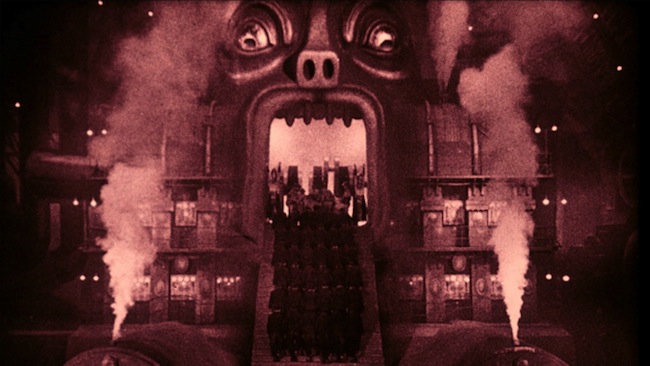
Much of what is to be considered postmodern relies on constructions (and reconstructions) of the past, and this has never been more true than in Metropolis presented by Giorgio Moroder . Originally, Fritz Lang’s Metropolis was a silent German expressionist film set in a dystopian future in which rich industrialists rule over a powerless working class. In Moroder’s reimagining, the film is colorized, with additional special effects, intertitles, and a synth-rock soundtrack featuring some of the biggest artists of the 1980’s. This is a prime example of pastiche filmmaking, with Moroder celebrating Lang’s genius and working to improve upon his masterpiece.
Giorgio Moroder’s Metropolis is available to rent or purchase via Amazon here.
8. Enter the Void (Gaspar Noé, 2010)
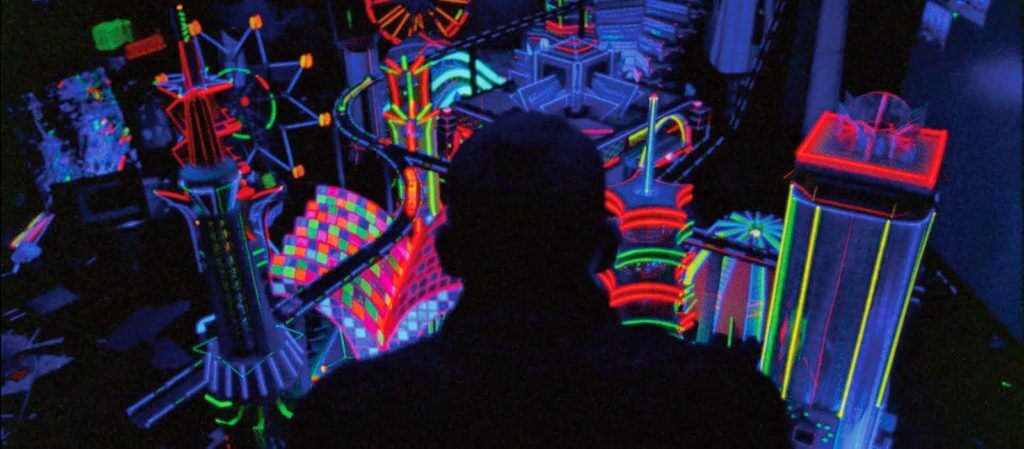
Gaspar Noé’s surreal, psychedelic drama follows Oscar, an American drug dealer in Tokyo who, after being shot and killed by the police, floats above his dead body, viewing events from his own life and the aftermath of his death. In keeping with Noé’s earlier films (namely I Stand Alone and Irreversible), the style is surreal, disturbing, disorienting, and seemingly indifferent to traditional narrative norms. The camera frequently swings in random directions, only affording the viewer fleeting glimpses of the narrative subjects. Oscar drifts through scenes that range from intense sexual encounters to quiet, nostalgic memories of his youth, reflecting on the life that ended so abruptly. Rather than guiding the viewer through a causal chain of events, Noé assaults the senses with jarring imagery, bright colors, and random, chaotic camera movements.
Enter the Void is available to rent or purchase via Amazon here.
7. The Great Beauty (Paolo Sorrentino, 2012)

Paolo Sorrentino’s The Great Beauty is a dazzling rumination on the life of an aging writer and socialite, as he reflects on his past and enjoys all the pleasures that Rome has to offer. The characters frequently give their opinions on the cultural shifts that have taken place in the city, but none of them can escape the feelings of emptiness and moral decay of modern life. The protagonist, Jep Gambardella, attempts to reconstruct a clear idea of his past, from his first true love to the lavish parties that have cemented his high status in society, but finds them utterly meaningless. Sorrentino’s vision of life in Rome is simultaneously enticing and completely devoid of purpose.
The Great Beauty is currently available to rent or purchase via Amazon here.
6. Man Bites Dog (Rémy Belvaux, 1991)
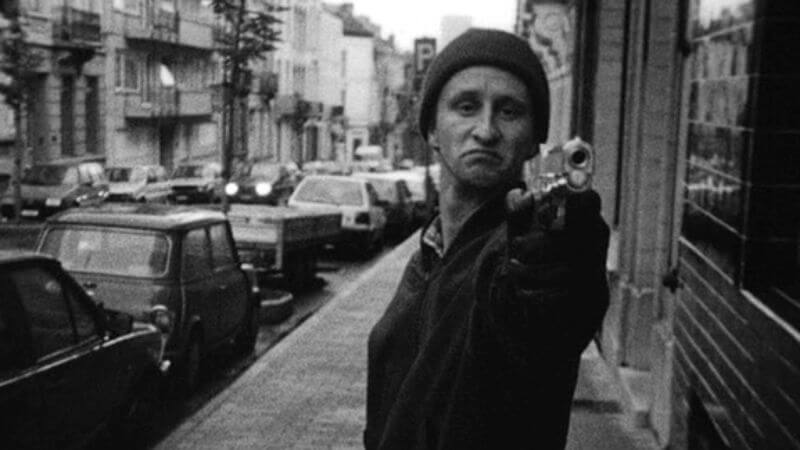
In Rémy Belvaux’s graphic mockumentary, a film crew (played by the real-life crew) follow a serial killer as he commits increasingly violent crimes, all while pontificating on his craft and various subjects of personal interest. In addition to the rejection of traditionally accepted norms regarding explicit content, Man Bites Dog also functions as a self-reflective story, in which the filmmakers function as characters, complicit in the violence, and viewers are made to feel uncomfortable as voyeuristic participants. As the events unfold, the film crew becomes increasingly involved in the crimes, to the point that the filmmakers are as much the subject of the film as the killer himself.
Man Bites Dog is available to rent or purchase via Amazon here.
5. La Jetée/”The Pier” (Chris Marker, 1962)

The only short film to make it on this list, La Jetée is a 28 minute science fiction drama directed by Chris Marker and comprised almost entirely of still images. The story follows a man held prisoner underneath the streets of a post-World War III Paris. Wanting to prevent events that led to the war, scientists desperately try to send people back in time, but very few can withstand the mental rigors of time travel. When the prisoner proves capable, he is sent back to the past, where he meets a woman he remembers from his pre-war childhood, and whose image has haunted his thoughts ever since. While the plot addresses the politics of war, the ephemeral nature of memories, and the ethical dilemmas present in scientific advancement, the style seeks to deconstruct the narrative to its simplest form, eschewing traditional story advancement techniques and opting instead for visual minimalism.
La Jetée is available to rent or purchase via Amazon here.
4. Black Dynamite (Scott Sanders, 2009)

A discussion of postmodern cinema would not be complete without the inclusion of parody, which is all too often overlooked or dismissed as “low art.” Scott Sanders’ sendup of 70’s blaxploitation is a wonderfully executed film, revelling in the humour intrinsic in the cliches of the genre. The plot follows Black Dynamite, a former CIA agent who must avenge his brother’s death and rid the streets of a new drug that threatens to destroy the community. Black Dynamite parodies all of the best and worst of 70’s blaxploitation, from blatant racial stereotypes to haphazard continuity and editing techniques.
Black Dynamite is available to rent or purchase via Amazon here.
3. Pi (Darren Aronofsky, 1998)

In Darren Aronofsky’s Pi, an unemployed number theorist named Max becomes obsessed with finding the connections between a strange series of numbers and the universe. He suffers from frequent headaches, social anxiety disorder, and extreme paranoia, all of which intensify his obsession. The audience views the narrative through Max’s distorted lens, creating a surrealist vision of mind and obsessive thinking. Max’s belief that the universe can be explained through the eternal truths that mathematics provide is ultimately eroded by the frailty of the human mind and the unattainable nature of true knowledge.
Pi is available to rent or purchase via Amazon here.
2. Targets (Peter Bogdanovich, 1968)

Peter Bogdanovich’s Targets is an intriguing example of self-reflexive cinema, produced during a time when the language of film was increasingly used to make overt political statements. The narrative follows two distinct plots, which eventually converge in a climactic finale. In one, a seemingly average young man named Bobby goes on a killing spree, beginning with his wife and mother. Meanwhile, Byron Orlock (played by Boris Karloff) is an aging horror actor on the verge of retirement, who is persuaded to make one final appearance at a drive-in movie theatre. Not only does the film have Boris Karloff playing a fictionalised version of himself, but it both represents and comments on the shift in the horror genre from fantastic monsters to the evil living among us.
Targets is available to rent or purchase via Amazon here.
1. Raiders of the Lost Ark: The Adaptation (Eric Zala, 1989)
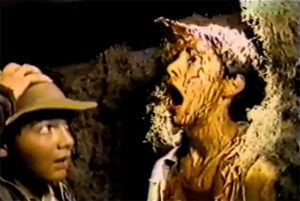
Few films capture true passion for cinema as much as Raiders of the Lost Ark: The Adaptation. Filmed between 1982-1989 (with one airplane scene being shot in 2014 following a Kickstarter fundraiser) by a group of young, die-hard Indiana Jones fans, this shot-for-shot remake of Spielberg’s Raiders of the Lost Ark is both wholesome and awe-inspiring. Three teenagers, Chris Strompolos, Eric Zala, and Jayson Lamb, produced and starred in the film, infusing their passion for Spielberg’s artistry with their own ingenuity. While the film functions as a love letter to the cinema and speaks to the passion with which film fans regard their favourite works, it is also pastiche in its purest form.
Raiders of the Lost Ark: The Adaptation is available to purchase via Raiders Guys here.
Honorable Mentions:
Cinema Paradiso (Giuseppe Tornatore, 1988)
In Cold Blood (Richard Brooks, 1967)
Death to Smoochy (Danny DeVito, 2002)
Cabin in the Woods (Drew Goddard, 2012)
If you have any other films that you think should have been included, feel free to leave a comment!
Sources:
Knight, Dana. “POSTMODERN CINEMA.” IDEAS | FILM, ideasfilm.org/postmodern-cinema/.
